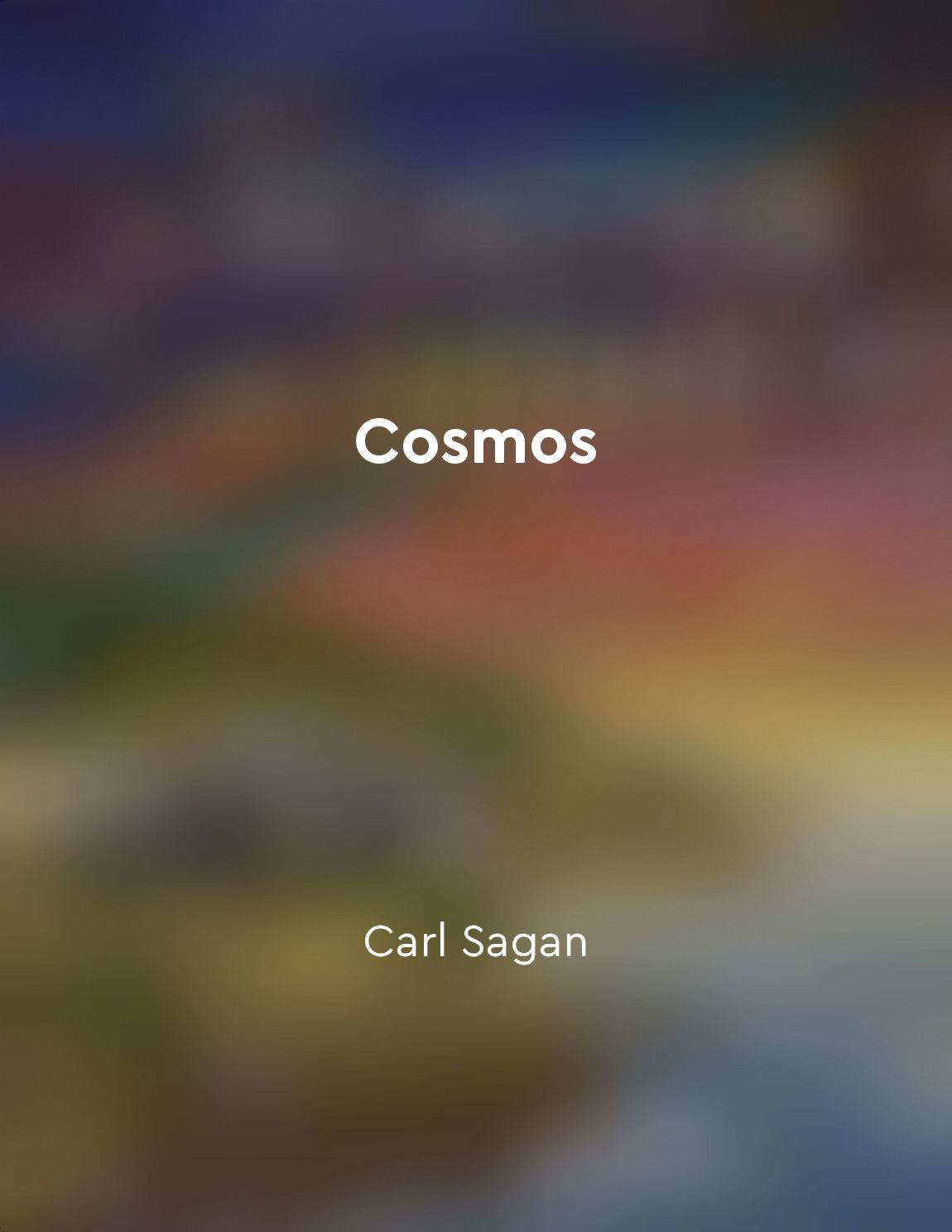Light travels at amazing speed from "summary" of A Short History of Nearly Everything: Special Illustrated Edition by Bill Bryson
In the vastness of the universe, light is one of the most extraordinary phenomena. It possesses a speed that is truly remarkable. When we speak of the speed of light, what we are really talking about is 186,282 miles per second, or some 670 million miles an hour. To put this into perspective, if you could travel at the speed of light, you could circle the Earth seven and a half times in just one second. The speed of light is so fast that it can travel from the moon to the Earth in just a little over a second. This means that when we look up at the moon, what we are seeing is not the moon as it is now, but as it was just over a second ago. The light that bounces off the moon and enters our eyes has traveled an incredible distance in a minuscule amount of time. This speed of light has profound implications for our understanding of the universe. It means that light ...Similar Posts
Engaging with others in my community strengthened my spiritual beliefs
As I immersed myself in my community, I found that my spiritual beliefs began to take on a new depth. Through conversations wit...

Science fiction often inspires scientific discovery
Science fiction is not merely entertainment; it can be a catalyst for scientific discovery and innovation. This genre has the p...
Earth is our home
The concept of Earth being our home is a fundamental idea that shapes our understanding of the world around us. It is a simple ...
The beauty of stargazing is endless
The act of gazing up at the night sky, filled with countless stars twinkling like diamonds against the vast darkness, can be a ...
Our place in the cosmos is shaped by the forces of nature, from gravity to electromagnetism
The forces of nature play a significant role in determining our position in the vastness of the cosmos. Gravity, the most famil...
Cyclical model offers a new perspective on the universe
The cyclical model posits that our universe undergoes an endless cycle of expansion and contraction, with periods of growth fol...
Identity
Identity is a complex and multifaceted concept that is deeply intertwined with our individual experiences and societal structur...
Embracing the concept of scientific revolutions
The concept of scientific revolutions is fundamental to understanding the progression of scientific knowledge through history. ...

Our understanding of the universe is constantly evolving
Throughout history, human beings have sought to uncover the mysteries of the universe. From ancient civilizations gazing up at ...

The cosmic microwave background reveals the early universe
The cosmic microwave background is a faint glow of radiation that fills the universe, coming from all directions. This radiatio...
